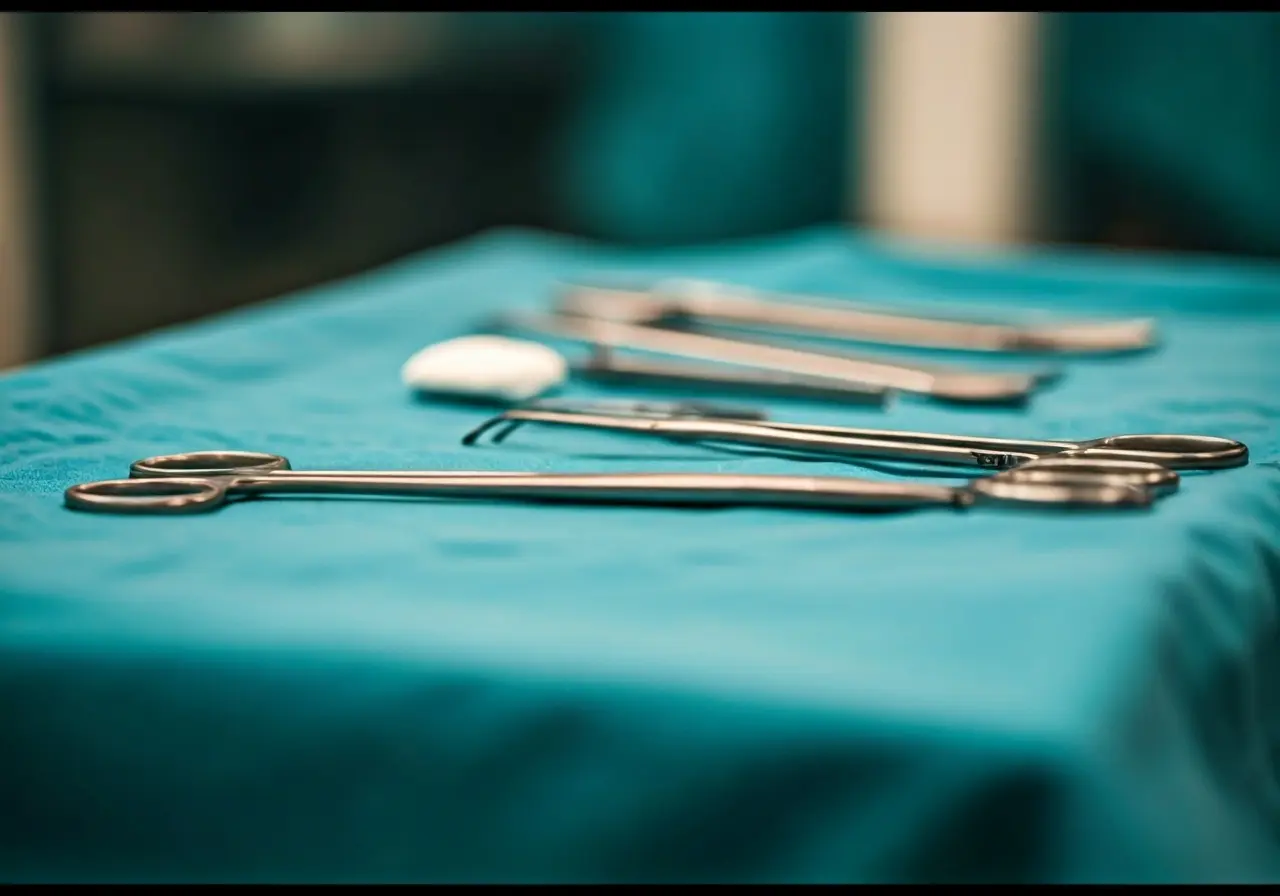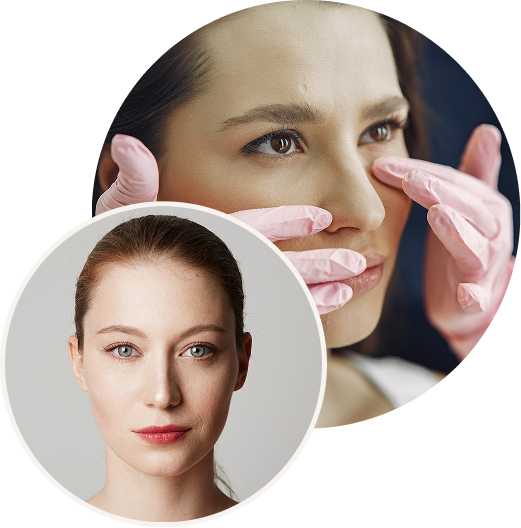Rhinoplasty, often referred to as a ‘nose job,’ is a popular cosmetic surgical procedure that can enhance the appearance and functionality of the nose. Whether you are considering this surgery for aesthetic reasons or to correct a medical issue, understanding the basics is essential. In this guide, we’ll explore all you need to know about rhinoplasty in an easy-to-understand way.

Table of Contents
ToggleWhat is Rhinoplasty?
Rhinoplasty is a surgical procedure designed to change the shape of the nose. It can address both cosmetic and functional issues, helping to improve breathing and enhance facial harmony. This surgery can alter the size, shape, or proportions of the nose to suit individual preferences or medical needs.
Originally, rhinoplasty might be sought for aesthetic reasons, such as changing the nasal contour to better fit one’s facial features. Conversely, some individuals undergo this procedure to rectify medical conditions like a deviated septum, which can hinder proper nasal airflow. By reshaping nasal structures, rhinoplasty can significantly enhance one’s quality of life by not only uplifting self-esteem through improved appearance but also allowing the individual to breathe easier on a daily basis.
Who Might Consider Rhinoplasty?
Individuals considering rhinoplasty often do so for a variety of reasons, including dissatisfaction with the appearance of their nose, breathing difficulties, or the need to repair damage from injury. A consultation with a plastic surgeon can help determine if you are a good candidate for this procedure.
Teenagers and adults alike may find themselves contemplating rhinoplasty. It’s crucial for those considering this operation to have realistic expectations and sound reasons for wanting to proceed. Adolescent candidates should typically wait until their facial growth is complete. Those who’ve experienced nasal trauma might find rhinoplasty not just an option but a necessity to restore normal function and appearance.
The Rhinoplasty Procedure: What to Expect
The procedure typically involves making incisions either inside the nostrils or across the base of the nose, followed by reshaping or realigning bones and cartilage. The surgery is usually performed under general anesthesia and can take several hours, depending on the complexity.
A significant part of understanding rhinoplasty is knowing what the surgery entails at a detailed level. Through either an open or closed approach, surgeons customize the operation to meet individual needs. In a closed rhinoplasty, incisions are hidden within the nose, making post-surgical marks virtually invisible. An open approach, on the other hand, involves a small incision across the columella, allowing more extensive reshaping when necessary. The choice of technique often depends on the complexity and objectives of the surgery.
Recovery and Aftercare Tips
Recovery from rhinoplasty requires patience and care. Initial swelling and bruising are common, but these should subside over the weeks following surgery. Following your surgeon’s aftercare instructions, such as keeping your head elevated and avoiding strenuous activities, can promote healing and ensure the best results.
As with any surgery, strict adherence to aftercare instructions is critical in recovery. Your surgeon may advise using cold compresses to alleviate swelling or prescribe medications to manage discomfort. It’s also important to avoid blowing your nose during the initial phases of healing. Attending all follow-up appointments allows for monitoring progress and early detection of potential issues, ensuring a smoother recovery trajectory.
Potential Risks and Complications
As with any surgery, rhinoplasty carries potential risks such as infection, bleeding, or dissatisfaction with the aesthetic outcome. It’s important to discuss these with your surgeon and ensure all your questions are answered before proceeding with the surgery.
Understanding potential complications is an integral part of making a well-informed decision about rhinoplasty. Scarring, adverse reactions to anesthesia, or nasal septum perforation are among other possible risks. Although rare, they underscore the importance of selecting a qualified surgeon and having a clear dialogue about what the procedure entails. Addressing all concerns and engaging in thoughtful discussions can significantly mitigate these risks.
The Importance of Choosing a Qualified Surgeon
Selecting a skilled and experienced plastic surgeon is crucial to the success of your rhinoplasty. Look for board certification, favorable reviews, and before-and-after photos of previous patients to ensure you’re in capable hands.
A diligent assessment of potential surgeons can make a tremendous difference in your rhinoplasty experience and results. Seek out those who specialize in facial plastic surgery and have a proven track record. A consultation offers a perfect opportunity to ask questions about their approach and view their portfolio, giving you confidence in your choice.
Making an Informed Decision About Rhinoplasty
Rhinoplasty can offer significant benefits both aesthetically and functionally, but it’s important to weigh the pros and cons and consult with experienced professionals. By understanding the basics of this procedure, you can make informed decisions that align with your personal goals and needs. Remember that each rhinoplasty journey is unique, and being well-informed is your best first step. For more information or to schedule a consultation, visit our homepage.
